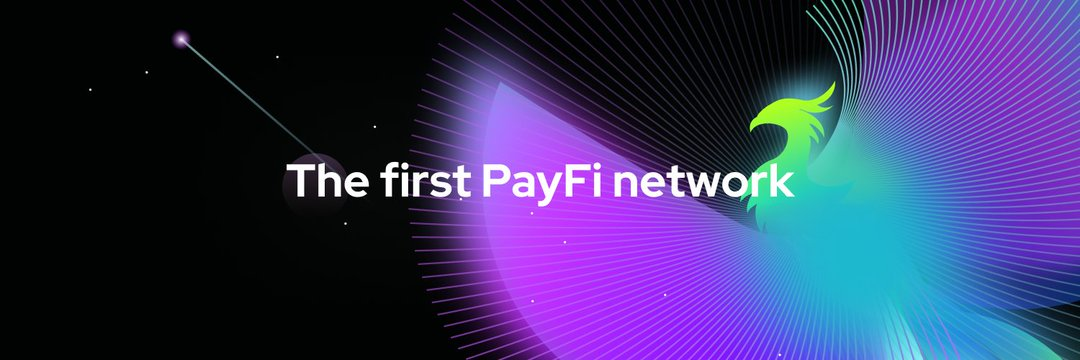If you live in a country with rapid currency depreciation: as soon as your salary arrives, prices have already risen; traditional loan rates soar, and the value of savings is constantly eroded. In this environment, many people, even with stable income, find it hard to ensure quality of life.
What if there were a mechanism that allows you to cash out future salaries or invoices early, gaining instant liquidity to combat inflation? This is not an unattainable fantasy, but a real scenario that Huma Finance (HUMA) is exploring through its PayFi network.

Inflation Dilemma: The Failure of Traditional Lending Models
In a high inflation environment, traditional lending and savings models face severe challenges:
Interest Rate Imbalance: Continuous interest rate hikes by the central bank lead to extremely high borrowing costs.
Loss of Purchasing Power: Savings and salaries rapidly shrink under inflation, losing their wealth preservation function.
Credit is not inclusive: Traditional finance often sets high barriers for low-income groups, gig economy workers, and users in emerging markets, failing to meet their immediate needs.
This means that although people have stable or predictable cash flows, the existing system cannot provide them with timely and reasonable financial tools.
Huma's Solution: Cash Flow Pledge + Dynamic Lending
Huma Finance proposes the PayFi network, building a more resilient lending model:
1. Cash Flow Collateral — Users can use future income from salaries, invoices, or remittances as collateral, without needing additional asset guarantees.
2. Instant Liquidity — The system releases 70-90% of future cash flow in advance through smart contracts, helping users quickly access available funds.
3. Dynamic Repayment Mechanism — Loans are tied to future cash flows, automatically repaid when income is received.
In an inflationary environment, this model effectively provides users with a 'time arbitrage tool': using future income in advance to resist the erosion caused by currency depreciation.
Why is Huma's model more suitable for combating inflation?
1. Hedging Against Decreased Purchasing Power
When the speed of currency depreciation exceeds the salary payment cycle, cashing out future income in advance can lock in more purchasing power.
2. Lowering Financing Barriers
Compared to traditional bank loans, Huma's model does not rely on complex credit assessments but centers on predictable cash flow, making it more suitable for inclusive financial needs under inflation.
3. Flexibly Responding to Fluctuations
The lending limit is linked to actual cash flow, dispersing risk. In an inflationary environment, even with severe macro fluctuations, the model can dynamically adjust.
4. Cross-Market Applicability
High inflation often occurs in emerging markets, which precisely lack mature financial systems. Huma's decentralized architecture can provide new funding entry points for these markets.
Huma's Strategic Significance: From Micro Individuals to Macro Markets
Huma for Individuals: Salaries are no longer passively awaited but can be cashed out in advance, improving quality of life.
Huma for Enterprises: Accounts receivable financing becomes more efficient, allowing businesses to stabilize cash flow in a high inflation environment.
Huma for the Market: Forming a credit market anchored by future income, providing new pathways for inflation-resistant capital allocation.
In the long run, Huma's model is not just an innovation in lending, but could also become an on-chain financial weapon for emerging markets to combat inflation.
In a high inflation environment, time itself is a cost. Traditional lending often exacerbates this burden, while Huma Finance, through its cash flow lending model, releases the future time value in advance, enabling people to withstand the impact of currency depreciation.
When salaries, invoices, and remittances can be financially realized in real-time, Huma is not just a DeFi protocol but a financial tool that fights for more certainty and purchasing power for users in the inflation era.

